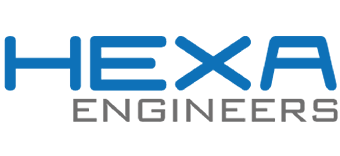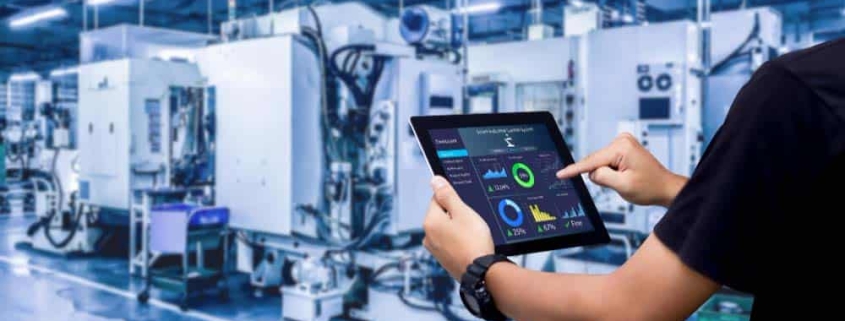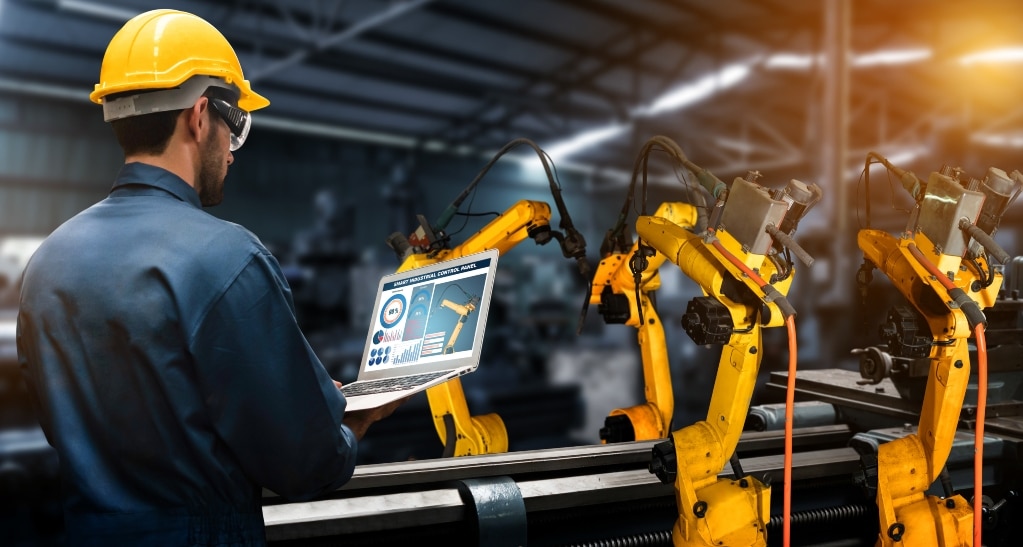Why is automation so important for quality control?
In the industry as we know it and given the new technological advances, automation has become an essential tool to guarantee efficiency, precision and consistency in production and daily work processes. One of the fields where automation has had a significant impact is quality control.
Automation for quality control uses advanced technologies and intelligent systems to monitor and improve the quality of products and services. That is why more and more entities opt for the implementation of automated quality control systems in order to detect problems early and avoid increases in costs.
These automated systems not only improve the overall quality of a company’s processes, but also increase its performance, reduce the need for outdated and tedious manual inspections, and improve competitiveness in the marketplace. By having the best professionals in the supervision, installation and maintenance of these automated systems, industries and companies can take full advantage of the benefits that automation offers in quality control.
How does automation benefit quality control?

The importance of automation for quality control lies in the benefits it brings to companies and industries. First, it improves efficiency by reducing the need for manual intervention in quality control tasks.
Automated systems perform inspections and measurements continuously and accurately, reducing cycle time and increasing productivity. Likewise, automation for quality control guarantees consistency and uniformity in the products. Automated systems also ensure that products consistently meet established quality standards. This is especially important in industries where quality is critical.
In turn, automation for quality control also enables the implementation of algorithms and advanced mathematical models for data analysis. Automated systems can collect large amounts of data in real time and use statistical techniques and machine learning algorithms to spot patterns, predict trends, and perform root cause analysis. This makes it easy to identify quality issues early, which in turn allows for quick corrective action and reduced downtime.
On the other hand, technological tools for process automation play a fundamental role in improving work efficiency by allowing work to be done at a higher speed. The digitization that accompanies this automation schedules tasks in advance, preventing failures and defaults, which significantly reduces the probability of a decrease in the quality of the final product or service. Automated quality inspections offer fast and accurate checks compared to manual inspections. This streamlines the quality control process and increases production efficiency by reducing downtime associated with manual inspections.
Similarly, it improves traceability and transparency in manufacturing processes. Automated systems can generate detailed records of each stage of the process, from receipt of raw materials to delivery of the final product. This enables accurate quality tracking at every stage and makes it easier to identify and handle problems.
By ensuring consistent product quality, automated inspections help strengthen a company’s brand image. Customers trust the quality of the products and are satisfied when they receive products that meet their expectations. This can build customer loyalty, increase customer satisfaction, and enhance the company’s reputation in the marketplace.
In industries, for example, automation for quality control plays a crucial role in ensuring product safety and quality. Let’s take the example of a canned food factory. In this scenario, a machine vision system is implemented that automatically inspects each can of food. The system uses cameras and advanced algorithms to verify that cans are properly sealed and labeled. It also detects any visual defects, such as dents, scratches, or stains on the cans.
The machine vision system captures high-resolution images of cans moving along the production line. Then, it applies image processing algorithms to analyze each image and compare it with quality criteria predefined ads. If any abnormality is detected, the system sends a signal to the PLC (Programmable Logic Controller) to take corrective action, such as rejecting the defective can or stopping the production line for review.
Therefore, to improve efficiency and control strategies, it is crucial to support the implementation of quality control with technological automation tools. If it is not carried out properly and with the help of the best professionals in the sector, a company could face various problems. For example, the lack of monitoring and control mechanisms can result in a loss of visibility on business improvements, difficulties and opportunities. Appropriate monitoring is essential to identify adjustments needed to achieve objectives and provide data for analysis and comparison for preventive purposes.
Consequently, the absence of a preventive approach due to the lack of analysis and implementation of quality control together can generate deficiencies in key processes in different areas of the company. This implies that the company will be less prepared to deal with incidents and will face greater uncertainty in the face of unknown or poorly managed risks.
Without historical analytics data or automated incident control processes, remediation decision making can lead to even more uncertainty and misuse of available resources. Therefore, it is essential to take advantage of automation tools to improve quality control management and ensure better preparedness against incidents and risks.









